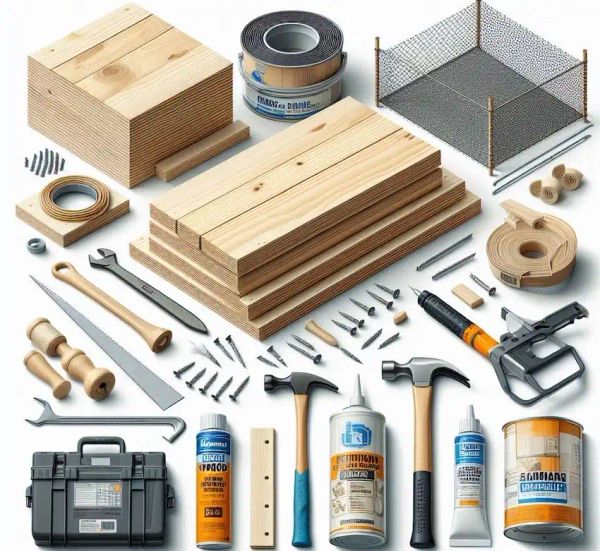Did you know that bats are incredible helpers in our gardens? These nocturnal creatures are not only misunderstood but also underestimated. They play a crucial role in our ecosystem, particularly when it comes to pest control. Just one bat can munch on thousands of mosquitoes and other pesky bugs in a single night! By building a bat house, you’re not just supporting these amazing creatures but also maintaining a natural balance in your garden.

Why Build a Bat House?
Having bats in your garden has many advantages. These tiny creatures are like natural pest controllers, keeping annoying insects in check. They eat bugs that can damage plants and bother humans. By providing a home for bats, you’re creating a chemical-free way to manage pests.
In addition to being pest controllers, bats are important pollinators for various plants, including fruits such as bananas, peaches, and mangoes. By inviting them into your garden, you contribute to its health and biodiversity.

Instructions for Building Your Own Bat House:
Building a bat house is an eco-friendly and straightforward project. Here’s a step-by-step guide to creating a welcoming space for these beneficial creatures:
Materials Needed:
- 1/2-inch exterior grade plywood
- Wood screws
- Non-toxic wood sealant or paint
- Netting or plastic mesh
- Hand saw or power saw
- Hammer
- Caulk

Instructions:
Start by cutting the plywood into the following pieces: a back piece measuring 24 inches by 16 inches, two side pieces measuring 24 inches by 7 inches, and a front piece measuring 24 inches by 12 inches.
Create chambers within the bat house by dividing the interior using plywood or netting. Bats prefer small, snug spaces, so partitions can encourage them to stay.
Assemble the pieces by screwing the sides to the back, leaving the bottom open for ventilation.
Attach the front piece, leaving a gap at the top as an entrance for the bats.
Seal the exterior of the bat house with a non-toxic sealant or paint to protect it from weathering.
Where to Place Your Bat House:
Choosing the right spot for your bat house is essential for attracting these winged inhabitants. Bats prefer warm and sheltered locations away from direct sunlight. Mount the bat house at least 10–15 feet above the ground on a pole, building, or tree. Ensure it faces south or southeast to receive sunlight for a portion of the day. Placing it on a pole is ideal as it reduces accessibility to predators.
Maintenance:
Regular maintenance of the bat house ensures it remains an inviting abode. Inspect it annually for any damage, and reseal or repaint if necessary. Clean out old nesting materials to keep it habitable.
By recognizing the important role bats play in our ecosystems and gardens, we create a harmonious coexistence with these fascinating creatures. Building a bat house is a small yet impactful step towards promoting biodiversity and sustainability in our surroundings. So let’s welcome these beneficial creatures into our gardens and reap the rewards of natural pest control and pollination.




